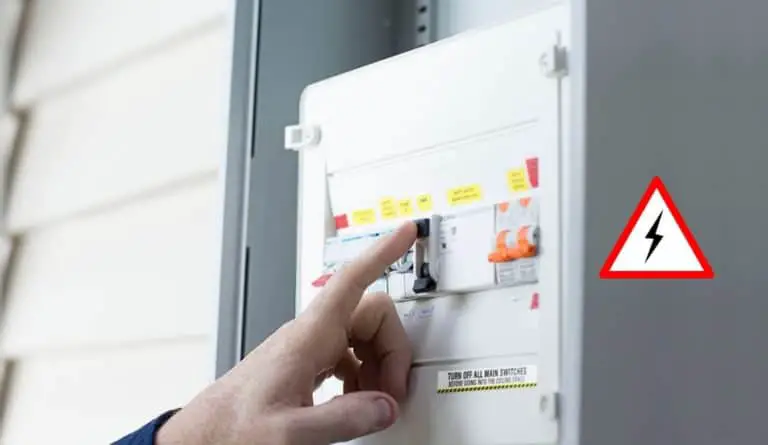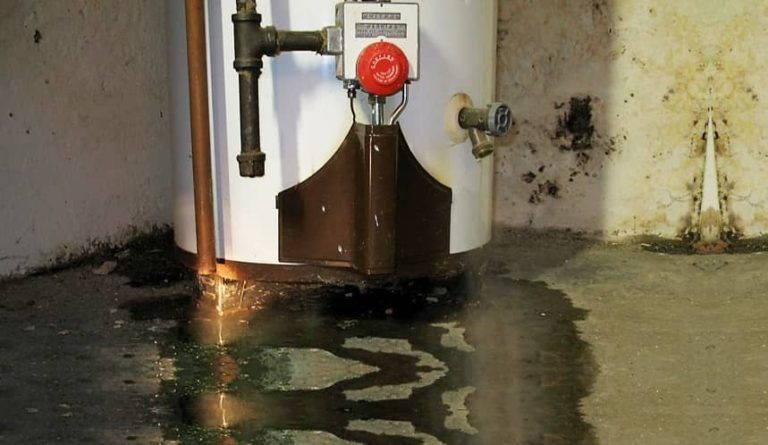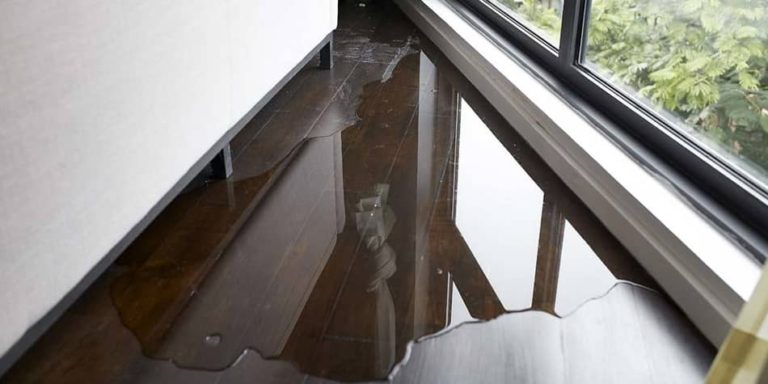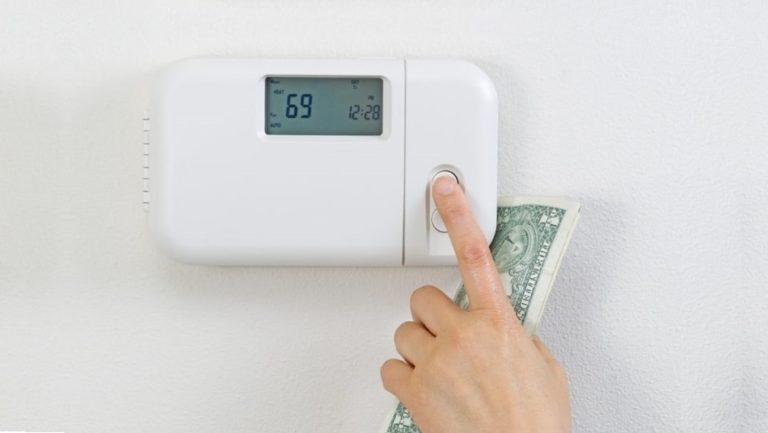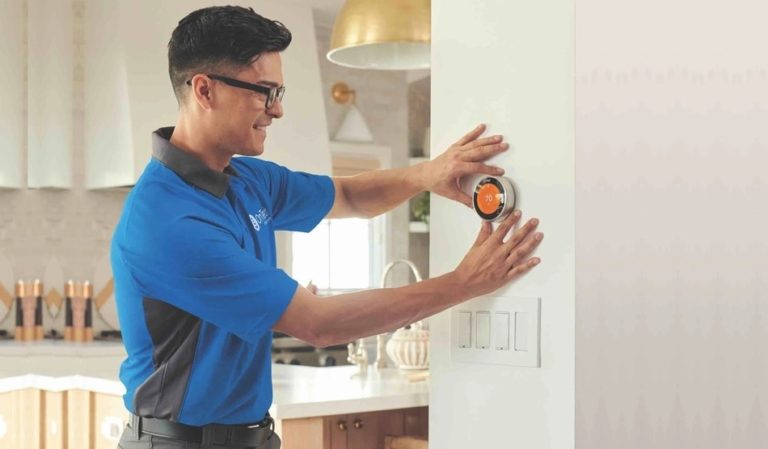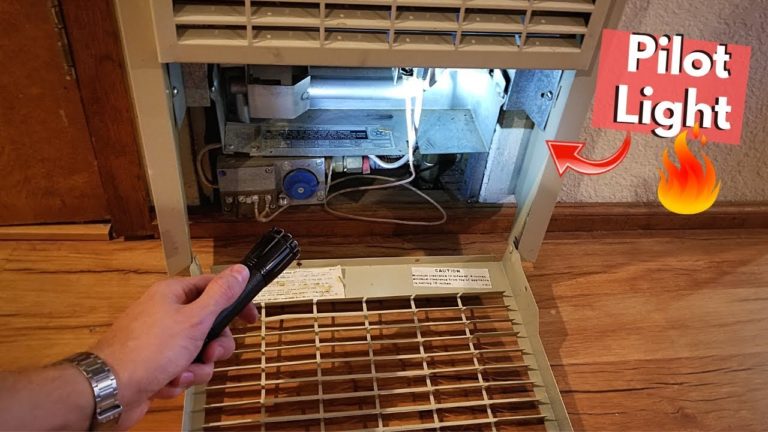Basics About Water Heaters: Types, Parts & How They Work
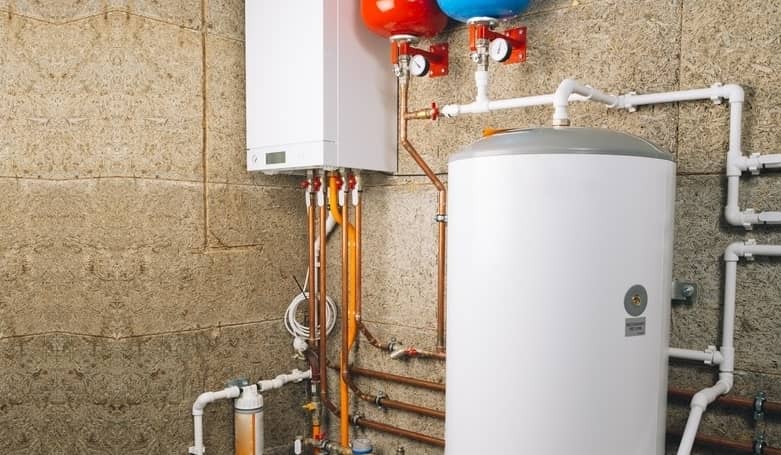
Today, almost every house has a water heater. It is an essential modern home appliance that we use every day. Water heaters are responsible for about 25% of all our energy bills, which speaks enough. The lifetime of the average water heater is somewhere between 8 to 12 years. But like all household appliances, they can sometimes break down, which can cause a lot of problems. Therefore, in this article, we’ll talk about the basics of water heaters and their types and parts. So, let’s start!
Table of Contents
Parts & Basic Types Of Water Heaters
Type 1: Gas Water Heater
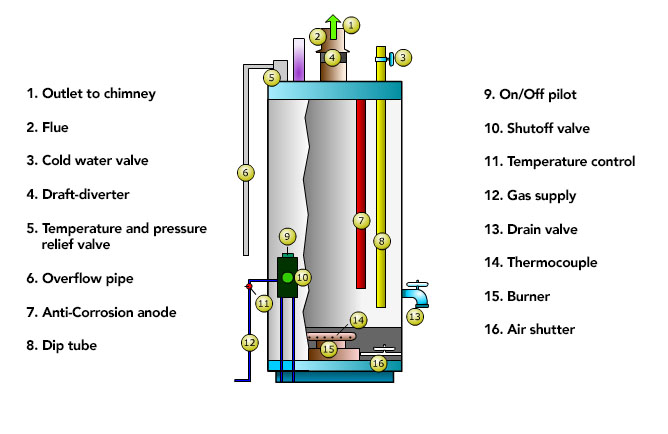
Gas Water Heater is the most commonly used type in households. That’s because it is the most energy inefficient, which means it provides the most energy efficiency. In the next section, you’ll see the cross gas water heater diagram showing all the standard components to most tank-type heaters.
If you are interested, you can also read Water Heater Leaking From Top: How To Fix It.
Gas Water Heater Parts Diagram
Here you can see the full list of all the parts that gas, propane, and electric water heater tank have and their functions.
1. Flue Pipe
The burner is one of the most important parts of any gas-fired water heater. Flue pipe’s main purpose is to let the deadly gasses produced by combustion in the water heater and which contain carbon monoxide outside the house through the chimney.
2. Cold Water Shut Off Valve
The purpose of the cold water shut-off valve is to turn off the water supply when a heater needs to be replaced or drained.
3. Draft Diverter
Draft diverter purpose is placed on the end of the flue pipe, and it gathers the gasses so that they can be safely evacuated into the flue and then outside.
4. Temperature and Pressure Relief Valve (T&P Valve)
The temperature and pressure relief valve serve as the name suggests. It allows heat or pressure to be released from the water tank to prevent a potential explosion. If the T&P valve has a problem with discharging, then you should replace it.
5. Overflow Pipe
The overflow pipe is attached to the T&P valve. If it happens that the T&P valve releases excess steam or heat, the pipe will allow the water to drain safely away from the heater. In some municipalities, it is allowed to pipe the overflow to the floor, while the others require the overflow to be piped to a floor drain.
6. Hot Water Outlet
A hot water outlet is a pipe that goes down into the water heater and allows the hot water to exit from the tank and go into the home pipes to provide the household with hot water.
7. Anticorrosion Anode Rod
Sacrificial Anode is one of the most important parts of a tank water heater. They are usually made of magnesium or aluminum with a steel core and are placed at the top of the tank. If happens that the anode rod is corroded, the water will start to attack the exposed metals and the entire heater will not work.
8. Dip Tube
The Dip tube goes into the cold water inlet and extends to the bottom of the tank. Hot water is always going to the top of the tank, while the dip tube is placed at the bottom of the tank and lets the cold water into it. Most water heaters come with dip tubes unless we have the situation where a cold water inlet is placed at the bottom of the heater.
9. Elements
Elements are only used in electric water heaters. The main purpose is to transfer heat to the water.
10. Insulation
To keep the heat in the tank all water heaters come with insulation that wraps the metal tank. When the insulation is higher, then the thermal heat loss is less.
11. Drain Valve
A drain valve is placed at the bottom of a water heater tank, allowing the tank to be drained.
12. Thermostat or Control Valve
The thermostat controls the water temperature in the water heater tank. Usually, water heaters use local plumbing codes that have min./max. temperatures that can be set. When we talk about commercial use, the water heater thermostat is set at a higher temperature.
13. Burner
The burner’s role is to ignite the propane of natural gas so it can heat the tank and transfer the heat.
14. Thermocouple
This is a device on the water heater that controls the flame of a pilot. When the pilot flame is blown out, then the thermocouple triggers the gas valve to turn off, and the gas flows to the pilot flame and the burner.
15. Gas Supply Valve
The gas supply valve’s role is to turn off the gas to the water heater.
Type 2: Tankless Water Heaters

Tankless water heaters are designed differently compared to storage tank water heaters as they don’t store water. They are using only the amount of water on demand. When you need hot water for your shower or a faucet, the tankless heater turns on and gives it. The efficiency of these water heaters is around 90%, while the self condensing units can go even up to 98%.
Working Principle:
These types of water heaters save energy in two different ways. They don’t lose heat because they don’t store water in the tank, and they don’t waste energy on heating the water in the tank as the water temperatures drop.
A tankless water heater consists out of many different parts. When you decide to install this water heater it is important to choose a professional who knows exactly what he is doing. Be sure to choose the right size water heater so it can be big enough for all your needs. When we talk about 5.6 GPM on your water heater, it is also necessary to take into account the current water temperature.
In the next chapter, we’ll talk about key points that you must watch when installing a tankless water heater.
1. How Many Bathrooms Do You Have?
This is one of the questions you need to ask yourself.
2. How Many Teenagers Live In Your Home?
This is a very important question. Teenagers usually take longer showers than adults. If you have two or three kids, they will take a longer shower and consume more hot water. If you have two showerheads that are being used at 2.5 GPM, and the water temperature in your bathroom is 65 degrees, you probably reached the maximum capacity of your water heater. If you try to turn on the kitchen sink, you probably won’t have the hot water.
3. Purchase The Energy Efficiency Water Heater
Remember that tankless water heaters come in different types and models. If you see them on TV, that doesn’t mean that they are the right choice for you.
4. Where Is Your Water Heater Installed?
Make sure to check where your existing tank heater is installed. This is very important. Check is it in the middle of the basement, or it is on an outside wall.
5. How is Your Water Heater Being Installed Vented?
Tankless water heaters usually require steel flue piping because high exhaust temperatures are present. When it comes to self condensing units, they use PVC plastic because their exhaust temperature is not so high.
6. What Size Gas Line Your Water Heater Use?
Usually, tankless water heaters use around ¾” supply piping, while the bigger tankless heaters can go up to 1”. In-house, pipes for gas are ½”, and you cannot undersize the gas line.
7. When Can You Expect a Return Of Investment?
Typically, this depends on many things, but you can expect a return on investment in 3 to 5 years.
For those who want to learn more, read Water Heater Leaking From Bottom: How To Fix It.
FAQ: People Also Ask
What Are the Electrical Requirements For a Water Heater?
Every electrical water heater needs to have a 240-volt dedicated circuit, which the main purpose is to serve only the water heater. It comes with a 30-amp double-pole breaker and 10-2 non-metallic (NM) or MC cable.
Can I Install a Water Heater Myself?
You can install a water heater if you have previous DIY skills. Electrical modifications can also be done by yourself, while the few jurisdictions require a professional electrician to do the work.
Does a Hot Water Heater Need A Neutral?
Usually, a water heater does not need a neutral. The water heater comes with neutral wires that include a 4wire cord that goes on 220V and 240V appliances.
Can a Water Heater Be Wired Backwards?
A water heater can be wired backward if it has red and black wiring. The wire must be connected properly with the hot water heater so that no water polarity issues occur.
Can a Water Heater Explode?
A water heater can explode. This is possible due to the excess pressure on the water heating system, such as a lot of sediment buildup, or a poor anode rod. A gas leak can also be a trigger for a water heater to explode.


